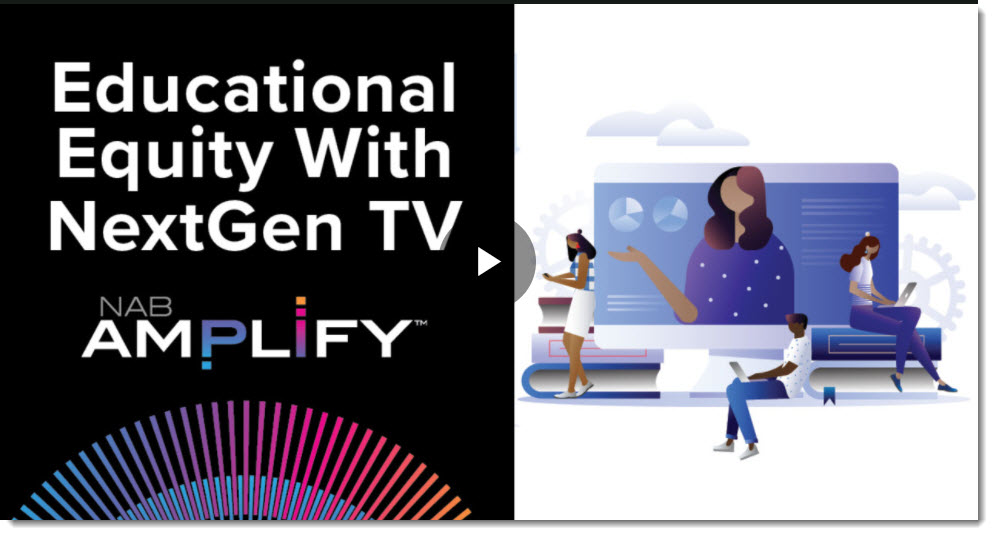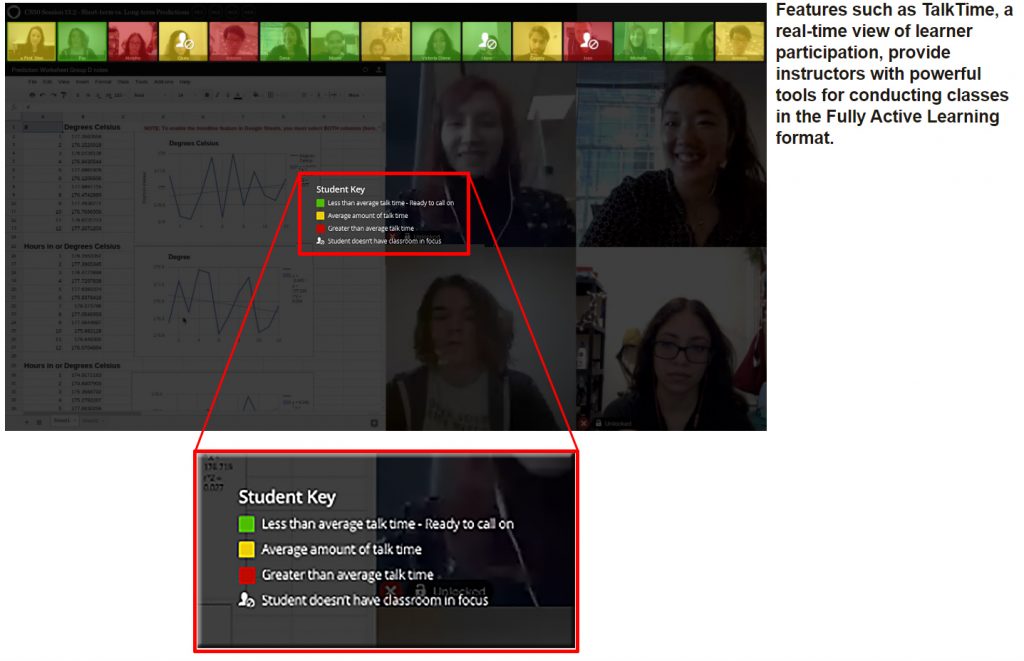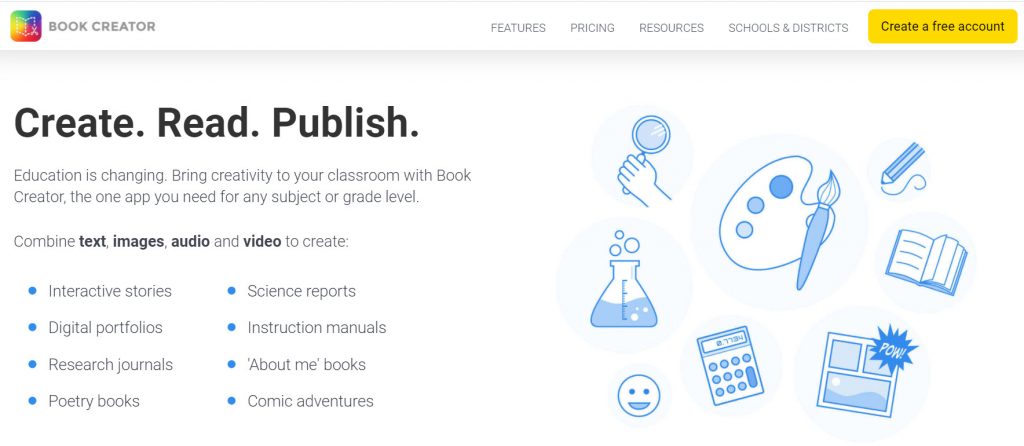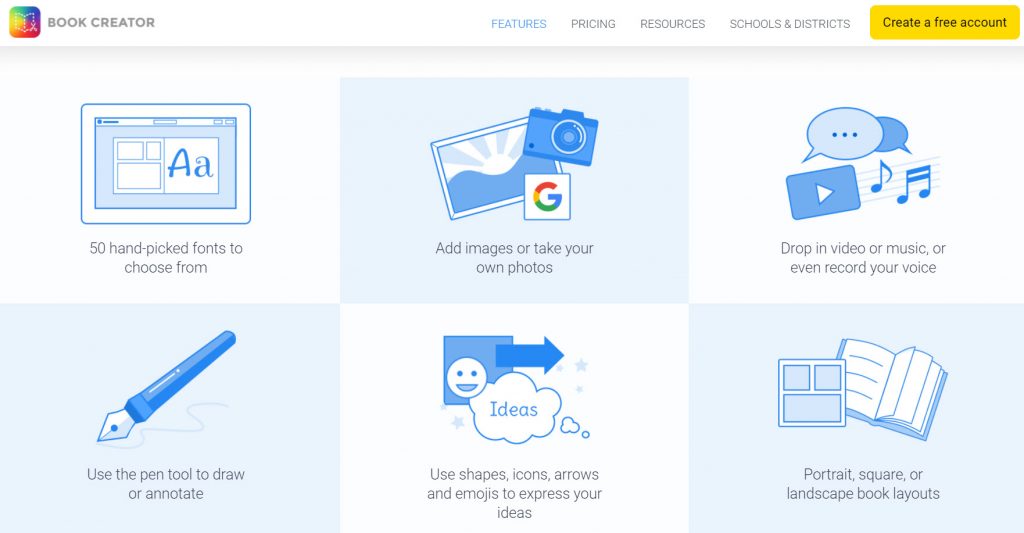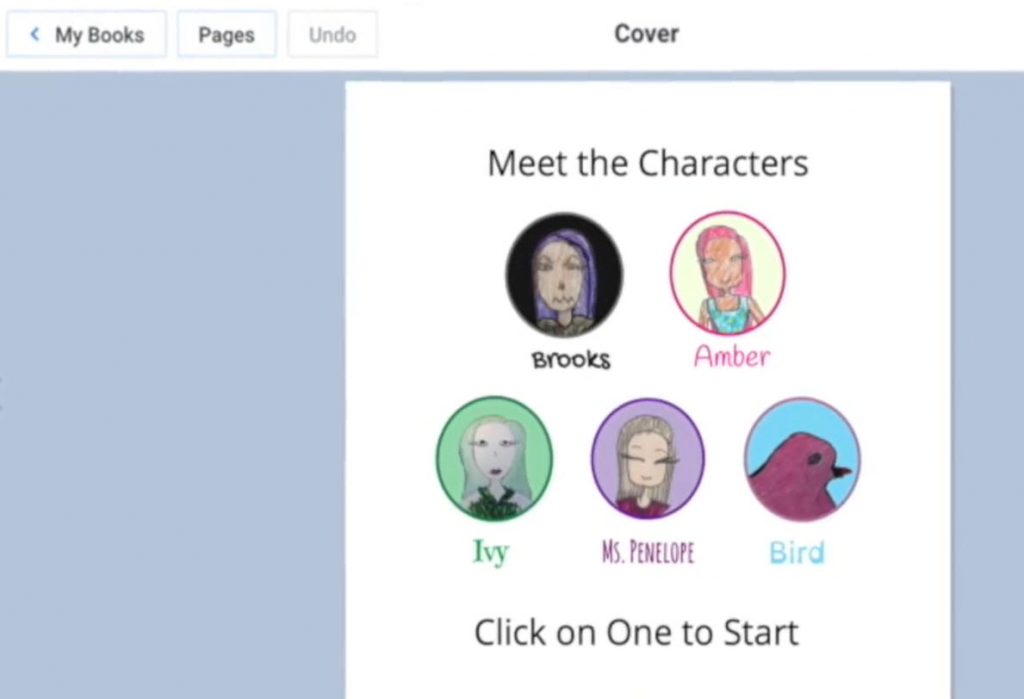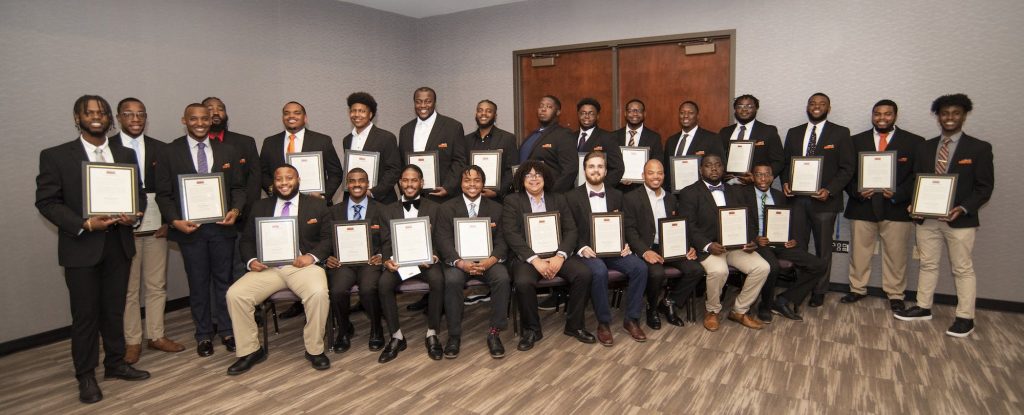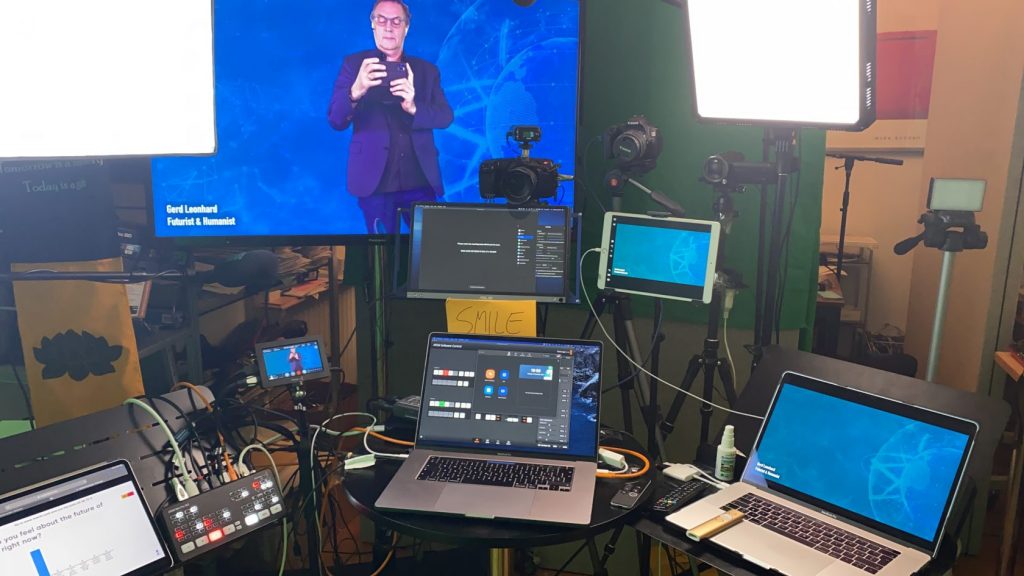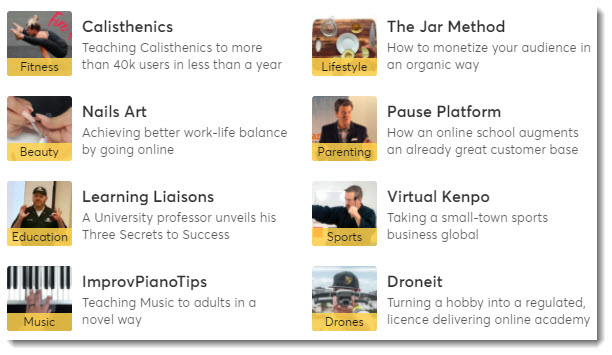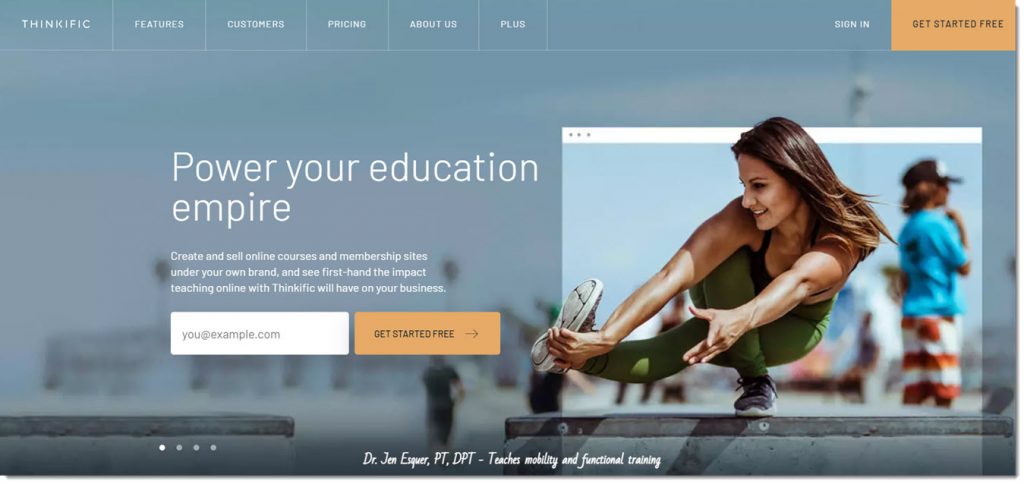How Next Gen TV Can Help Close The Digital Divide — from by Erik Ofgang
A new prototype utilizes Next Gen TV and QR codes to allow two-way communication between teachers and students via broadcast.
Excerpts:
Efforts to close the digital divide have ramped up during the pandemic, yet despite creative solutions from district, town, and state officials across the country, between 9 and 12 million students still lack adequate internet access.
However, a new application developed by The National Association of Broadcasters (NAB) could help close this gap by utilizing cutting-edge broadcast TV technology to allow students to receive and respond to work assigned by their teachers.
…
What Is Next Gen TV and This Application?
Next Gen TV, also known as ATSC 3.0, is a new standard for broadcasting that is currently being launched at broadcast stations throughout the U.S. It is based on internet protocols and allows for targeted broadcasts to be sent as well as more robust datacasting (sending data via broadcasting). Schools can use datacasting to send tests, reading materials, or other assignments that take the form of word documents, excel sheets, and much more. Students can also complete tests and save the work on their own devices.
Also see:










